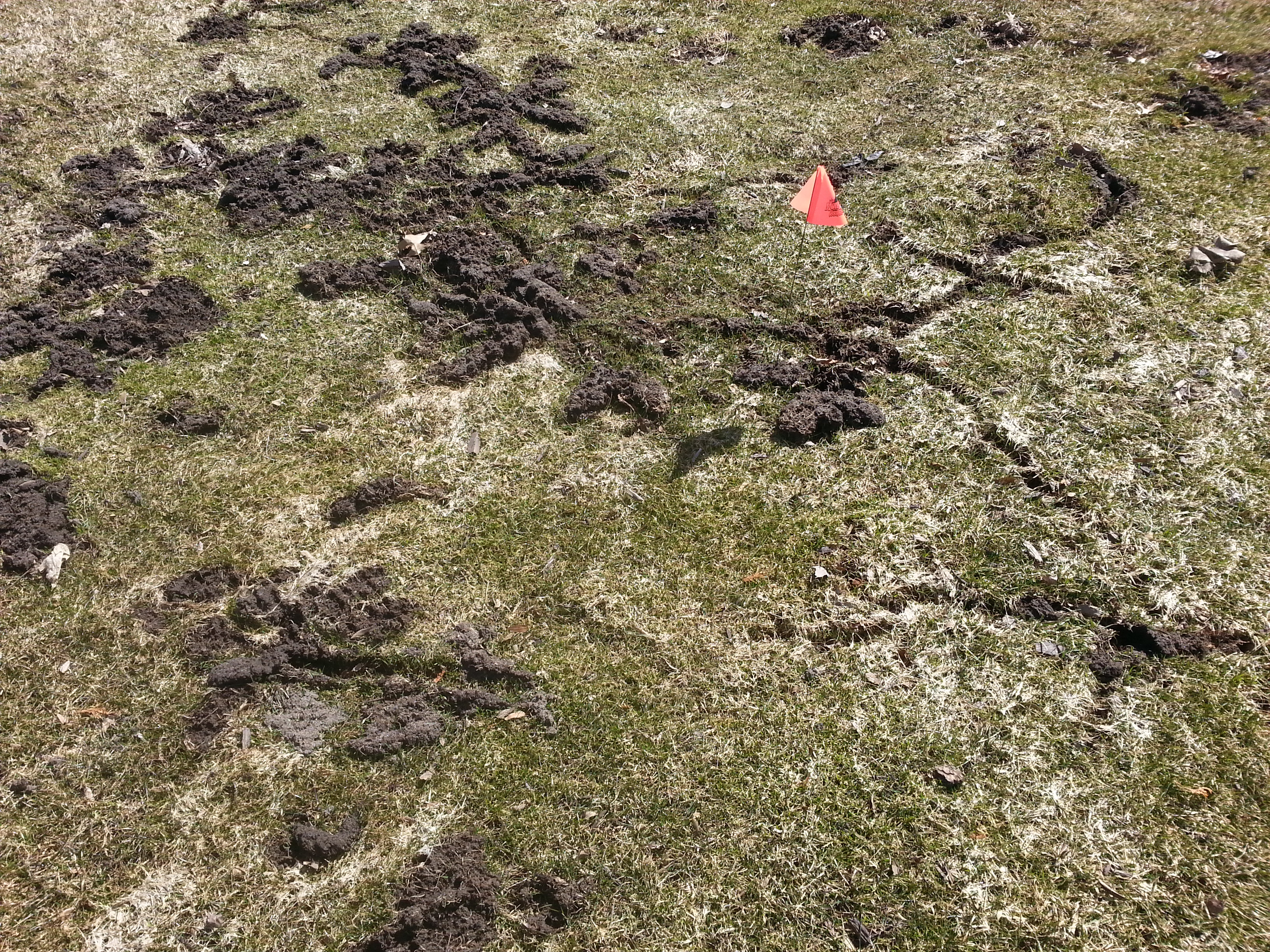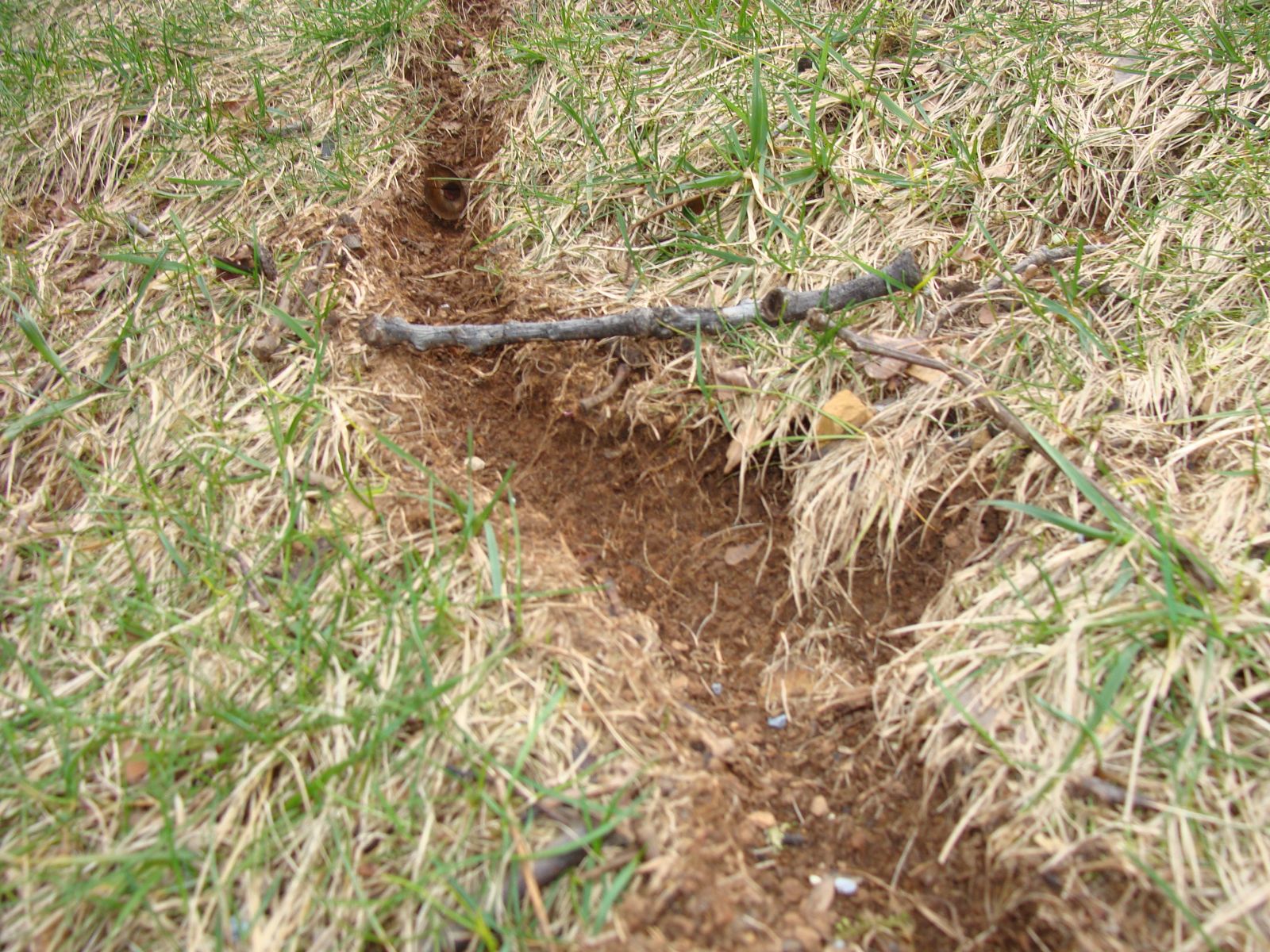Comprehensive Overview to Efficient Vole Parasite Control: Infestation Recognition and Therapy Methods
In the realm of effective pest control, vole invasions pose an unique challenge that demands a tactical approach. By exploring the nuances of vole habits, recognizing key signs of infestation, and assessing a range of control choices, one can develop an extensive strategy to battle these elusive insects.
Recognizing Vole Habits
Vole actions is defined by their tunneling practices and rapid reproduction rates, making them a challenging parasite to manage effectively. These tiny rats normally create complex tunnel systems underground, using them for sanctuary, food storage space, and transportation. Voles are herbivores, taking in a range of plants, light bulbs, origins, and yards, which can cause substantial damages to gardens, orchards, and lawns. Their rapid reproductive rate more makes complex control efforts, with ladies with the ability of producing numerous litters in a solitary year, each containing several children.
Understanding vole habits is essential for reliable insect control methods. By recognizing their burrow locations, checking feeding locations, and applying targeted control approaches, such as trapping or environment modification, vole infestations can be handled successfully.
Indications of Vole Problem

Prevention Strategies
Implementing efficient avoidance methods is vital in lessening vole problems and guarding plants from their destructive feeding behaviors (vole pest control). To prevent vole problems, it is crucial to start by getting rid of possible food resources and shelter. Keep turf and plants trimmed short, get rid of weeds and particles, and keep a neat yard or grass to make the location less appealing to voles. Installing obstacles such as hardware towel or underground fence can also assist deter voles from getting in certain areas. Additionally, decreasing excess dampness by fixing leaky pipelines and guaranteeing proper drainage can make the atmosphere much less congenial for voles.
Consistently evaluating the building for indications of vole activity, such as runways and burrow openings, is crucial for very early discovery and timely action. If vole activity is believed, think about using traps or repellents strategically positioned near their paths.
Non-Lethal Control Techniques
To properly manage vole populaces while focusing on gentle techniques, non-lethal control approaches offer functional services for reducing vole damage in gardens and landscapes. One efficient technique is making use of physical obstacles such as equipment fabric or wire mesh to secure susceptible plants. These barriers can be buried at the very least 12 inches deep and bent at a 90-degree angle click to find out more to prevent voles from tunneling beneath. Additionally, habitat modification can prevent voles by reducing their favored food resources and concealing areas. Keeping a well-mowed lawn, eliminating debris, and keeping vegetation trimmed can make the setting much less enticing to voles.

Lethal Control Options
One efficient technique for dealing with vole invasions in landscapes and gardens entails the critical use of lethal control alternatives. When encountered with a severe vole infestation that non-lethal methods have actually failed to have, applying lethal control procedures ends up being essential. In general, when using dangerous control options, it is crucial to do so properly and in accordance with local guidelines to effectively handle vole infestations.
Conclusion
In verdict, reliable vole parasite control needs a comprehensive understanding of vole actions, identification of indications of invasion, execution of prevention techniques, and application of both non-lethal and dangerous control approaches. By combining these methods, people can efficiently handle vole populaces and shield their home from damage. It is crucial to resolve vole problems promptly to avoid further issues and reduce the impact on the surrounding environment.
Provided the intricate passage systems and quick recreation rates particular of voles, acknowledging the indications of vole infestation ends up being necessary in reliable parasite control. look at this now One of the primary signs of vole existence is the existence of surface area paths or trails in yard or snow, generally concerning 1-2 inches large, produced as voles travel between their burrows and food sources.To successfully take care of vole populaces while prioritizing humane approaches, non-lethal control strategies use practical services for decreasing vole damage in yards and landscapes.One effective method for dealing with vole infestations in gardens and landscapes entails the calculated usage of deadly control choices. vole lawn damage.In final thought, reliable vole insect control requires a detailed understanding of vole habits, identification of indicators of invasion, application of avoidance strategies, and application of both non-lethal and lethal control methods